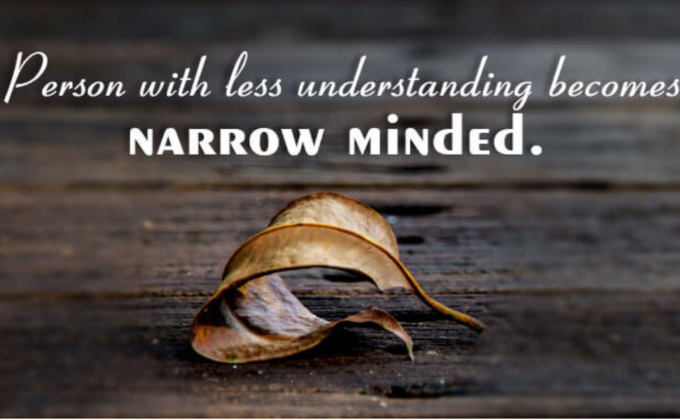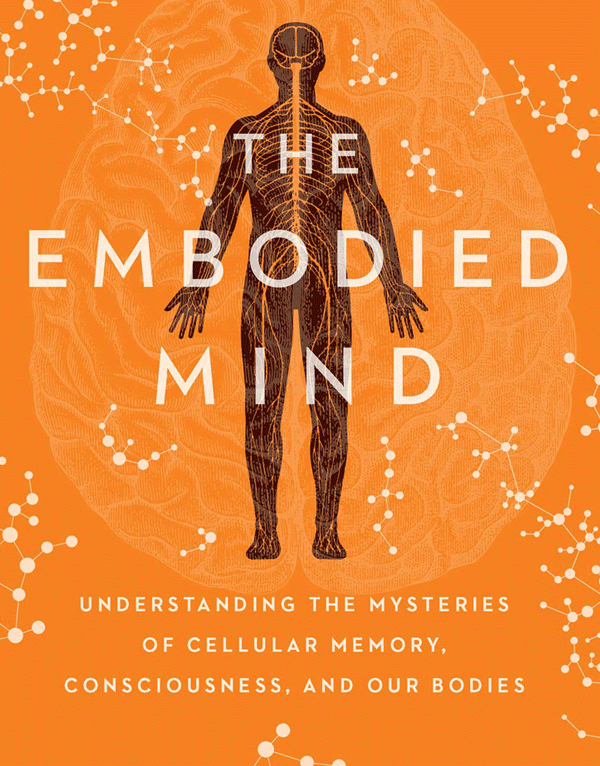The body
Moment to moment we are always in conversation with the world, ‘we’ being composed of our thinking-mind and our sentient-self. Both these aspects participate in delivering us information/ experience throughout our day. Our sentient-self serves-up, to our thinking mind, a direct, unmediated, non-conceptual, non-verbal, immediate experience, to make sense-of or comprehend. Our proprioceptive-sense beholds things within a field of infinite silence and space, devoid of judgment, evaluation, or analytical process. Our thinking mind, then conceptualises the received felt-sense, by way of incessant narration acting as a constant censor. Between their shared ratio we experience our censored reality and life experience.

Since the thinking-mind thrives on separatism, exclusivity and dominance, it acts as the sole-controller and tends to overlook the organising under-current of a situation, and undermines wholistic perception. If allowed to dominate, the thinking-mind censors the valuable perception of a wholistic view, without which we do not gain access to the ‘entirepicture’ of anything – problem or situation. Instead we get locked down and see only a narrow, limited and filtered view of life that allows almost no scope for true creativity and growth. What we must learn is to tone down our censors and allow in more of our proprioceptive instincts, which will eventually lead us to our higher intuitive-self. To harness the meaning of life and being alive, one must align themselves to manifest the spirit hidden with our own body-being.
The Siddhas way of embodied meditation
A meditation method or instruction that move us away from cerebral dominance can be considered body-based meditation. Our body receives, through feeling tone, thousands of information but we as humans are aware of only a fraction. We are more or less unconscious of this capacity as we are not embodied enough. Therefore the need to expand our sensitivity and sentiency. The Siddhas way of meditation is through embodiment.


What it means to be 'embodied'.
Our body is a temple, so we have been told, but is it our direct experience? To inhabit our body is to unfold its potential. Without embodying our body, we merely skim the surface of the deep and enriched ocean of all possibility that we, in truth, are. Very few of us feel the actual sanctity of the body-space, because cerebral-living has taken us away from our bodies. With a mind that is always running about, it is not easy to inhabit the body. Most of us live with a contaminated psyche. Stress, anxiety, dissatisfaction, meaninglessness, depression, obsession, pressure, alienation, directionless-ness, confusion, undecidedness, etc. are the effects of left-brain dominant or cerebral living. The Siddhas direct us to not go away, but to be whole with our own body as within it flows the creator and its universe of possibilities. Living surrendered to this universal creativespirit, is the way of the Siddhas. Their body–awareness based approach enables us to take the most painful and problematic situation, emotion or people and find within that the different aspects of our life, the next step on our path or spiritual journey laying deeply grounded in our body. By re-learning to inhabit our body with awareness, we enter the embodied spiritual journey that enables us to meet our daily life-experience directly – which is inspiring as well as deeply fulfilling.
We come to realise our body in all its dimensions and subtleties, and learn that it is impregnated with the map of Nature. This spiritual illumination and elixir of life – according to the Siddha tradition – is called the totality of Being. Embodiment opens up a field of experience as we descend beneath the surface of conceptual thinking and into the still-depths of our body. By exploration we set aside all thinking and drop ourselves into embodied awareness, and its own way of knowing – a kind of knowing independent of conceptual thinking. Just what that is and how we can receive it, and respond to it and what it can mean for us is the journey of this programme.
Spiritual disassociation
By far in our entire conscious life we are sustained and protected by our ego-sense rather than paying attention to what actually ‘is’, in an open and unfettered way. During meditation we are in the age-old habit of directing our attention away from our body and getting ourselves into a desired state using discipline and willpower. This demands a tremendous amount of egoistic effort, separatism and exclusion. Several conventional meditations leave the body out or in some cases apply focus on exclusive elements such as watching the breath. These approaches maybe helpful to a point and use the body as a stepping stone to something else – a transcendental but disassociated state. Meditation is not meant to separate us from the problematic and painful in us and in our lives, and retreat to a safe- haven in the midst of life’s storm. According to the Siddhas, to separate ourselves from totality (temporal and eternal) and rise above to an altitude where we can relax, is a reductionist approach that breeds negativity toward the ordinary world. Progressive dispensing and disembodiment, in the name of feeling the higher-part of ourselves is a state of spiritual-disassociation; a process of tranquillisation. Employing deliberate ideas of inclusion and exclusion that lead to a desired spiritual goal is a trick of the human mind. It is an insistence upon the human ego-self again! Albeit disembodying practices give sedative benefits, but may affect our physical, social, emotional and spiritual wellbeing, which the Siddha path of spirituality doesn’t agree with. The Siddha way, meditation is a raw and infinite opening to the realm of unprocessed free experience. The spiritual journey is not about separating oneself from the temporal – physical, impure and problematic – but a process for deeper entry into those very domains of our existence. All of which can happen once we abandon the left-brain dominance of judgment, ego-mind and ego-self – and plunge into the depths of the ordinary, unprocessed human-experience of our fully embodied visceral life. In the Siddha way the body is the subject of exploration in itself.
